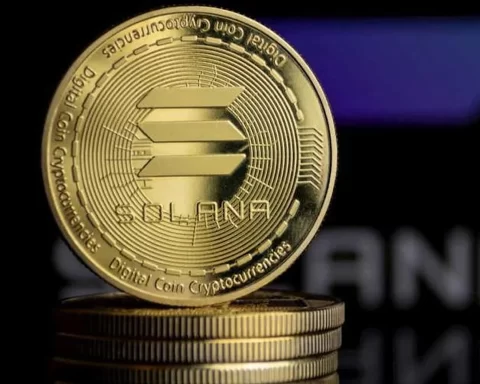The ratio of active Bitcoin addresses has fallen to its lowest level since November 2010, based on onchain data from IntoTheBlock.
In June, the weekly active wallet ratio hit a low of 1.22%, peaking at 1.32%. This highest ratio was last seen in November 2010.
Moreover, the total number of active wallets has also reached multi-year lows. The week of May 27 recorded 614,770 active wallets, the lowest since December 2018.
A declining active address ratio signifies a reduction in buying and selling activity among Bitcoin holders, suggesting a phase of market consolidation.
Juan Pellicer, a senior researcher at IntoTheBlock, attributes Bitcoin’s decreasing wallet activity to weaker retail participation compared to past cycles.
“This year’s run to a new all-time high was driven by institutional capital instead of retail investors,” Pellicer told Cointelegraph.
“The wider economic situation could have played a role in retail not making as many crypto investments as they’ve done in the past.”
The decline in activity comes as investors prepare for increased whale movements, including the Mt. Gox trustee’s plan to start distributing payments to creditors in July.
Some larger holders, including those associated with governments, have also been observed engaging in selling activities.
“Due to this concentration, much of the bearish trading activity is being performed offchain, which doesn’t significantly impact onchain address activity statistics,” Pellicer adds.
Are Runes struggling?
The drop in activity might seem counterintuitive to the launch of Runes, a fungible token protocol introduced to the Bitcoin ecosystem alongside the latest halving event in April.
Runes was anticipated to provide an alternative revenue stream for miners, which it did on the first day as miners earned record-high trading fees on halving day.
However, transaction fees have since normalized to pre-halving levels, and miner reserves, representing the new Bitcoin held by miners, are also at 14-year lows.
Pellicer told Cointelegraph that activity on Runes has cooled off, though the cyclical nature of such assets suggests this is a temporary lull rather than a permanent decline.
Meanwhile, recent crypto attention has shifted to memecoins and celebrity tokens, attracting speculators gambling on larger gains.
Though Bitcoin is known for its volatility, its current state can be considered stable compared to lower-cap memecoins.
To submit a crypto press release (PR), send an email to sales@cryptointelligence.co.uk.




